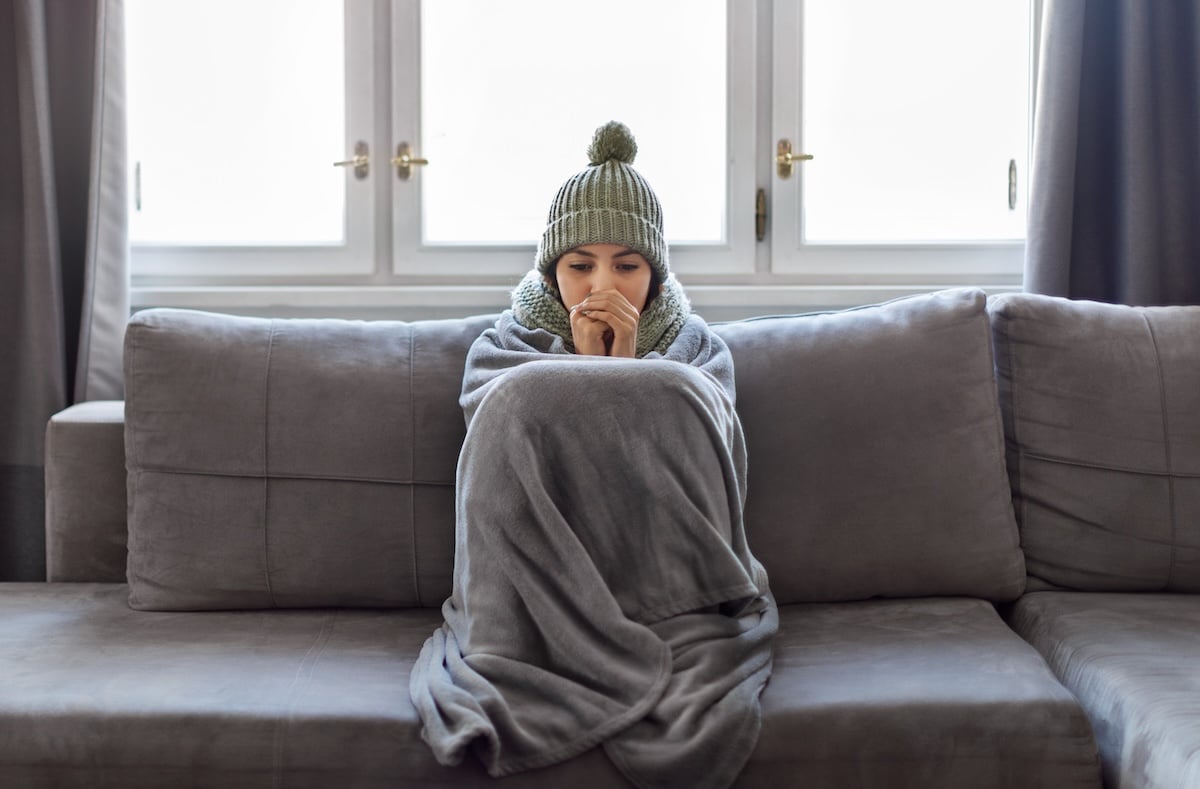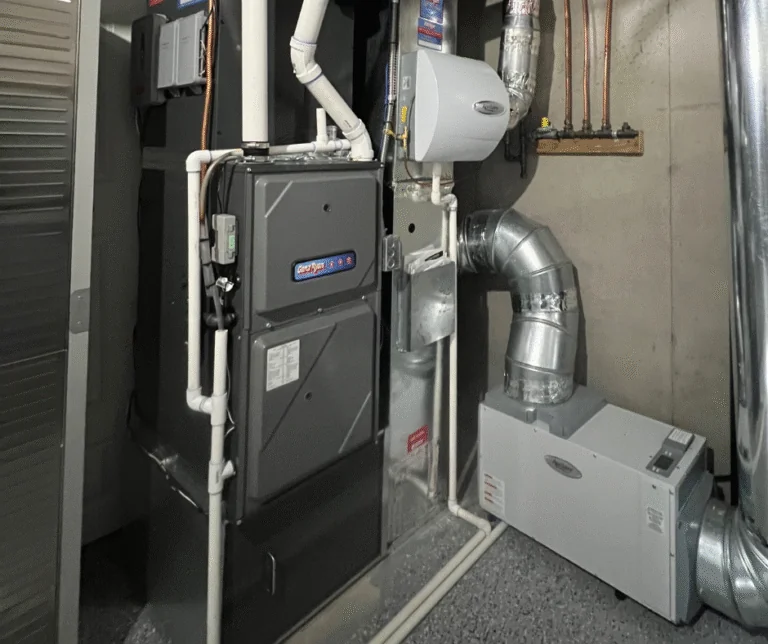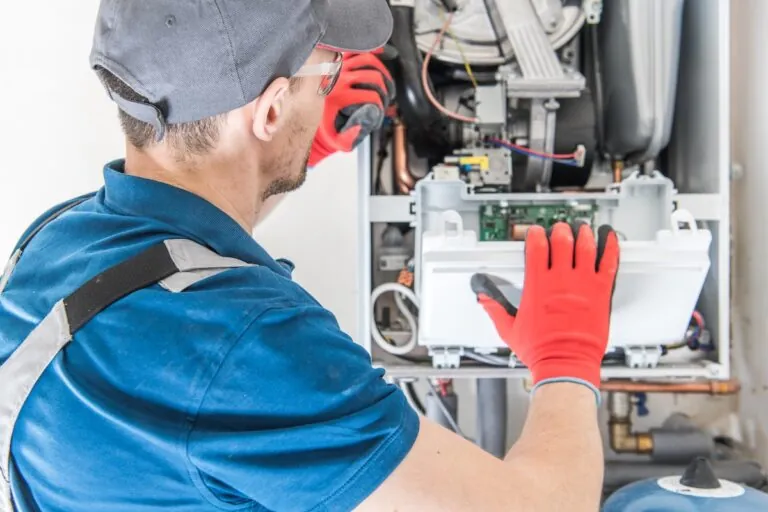Finding the best heat pump for cold weather is a top priority for Minnesota homeowners who want to stay warm while keeping energy bills under control. Heat pumps have advanced dramatically in recent years, making them an efficient option even in freezing temperatures. But with so many choices available, it can be difficult to know which system is right for your home.
- Energy efficiency: Cold climate heat pumps are designed to deliver reliable heating while using less electricity.
- Year-round comfort: A heat pump can heat your home in winter and cool it in summer.
- Long-term value: Choosing the right system ensures better performance, lower costs, and fewer repairs.
❄️ How Heat Pumps Work in Cold Weather
Traditional heat pumps used to struggle once temperatures dropped below freezing. Newer models, however, are equipped with advanced technology like variable-speed compressors and enhanced refrigerants. These features allow them to extract heat from the outdoor air even when it feels bitterly cold.
For homeowners in Stillwater and surrounding areas, this makes heat pumps a practical alternative to traditional furnaces. They provide steady, comfortable heat without the constant fluctuations that can come with other systems.
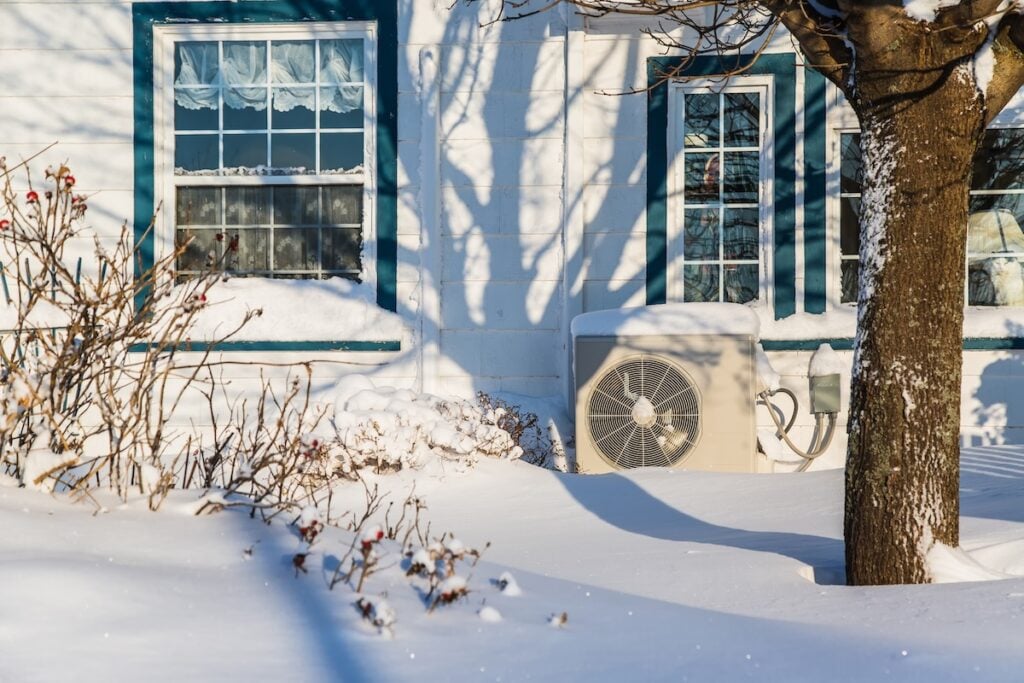
🤔 Factors to Consider Before Buying a Heat Pump
Before deciding which model is right for you, it’s important to evaluate your home’s specific needs and your comfort preferences. Not every heat pump will perform the same in every situation, so taking time to consider these factors can save you money and ensure better long-term performance.
Home Size and Layout
The size and layout of your home will heavily influence which heat pump is most effective. A small, single-level home may be comfortable with a standard-capacity unit, while larger homes or those with multiple floors often require a higher-capacity system. If your house has unique architectural features or additions, ductwork may not provide consistent heating to every space. In these situations, a ductless mini-split system can be a great solution. Mini-splits allow you to heat specific rooms or zones independently, giving you more control over comfort and helping reduce wasted energy.
Energy Efficiency Ratings
Not all heat pumps are created equal, and efficiency ratings play a big role in performance and cost savings. When comparing systems, look at two key metrics: HSPF (Heating Seasonal Performance Factor) and SEER (Seasonal Energy Efficiency Ratio). A higher HSPF means the unit provides more heating for the electricity it consumes, which is critical in Minnesota’s long winters. A higher SEER rating reflects cooling efficiency during the summer months. While high-efficiency units may cost more upfront, they typically deliver significant long-term savings by lowering your monthly utility bills. Rebates and incentives are also often available for systems with top efficiency ratings, making them even more cost-effective.
Backup Heating Options
In extremely low temperatures, even the best heat pumps may need a little help. That’s why many homeowners in cold climates choose dual-fuel systems, which pair a heat pump with a gas furnace. In this setup, the heat pump handles the heating load during milder winter days, and the furnace automatically takes over when the temperature drops to extreme lows. This combination provides reliable comfort, maximizes efficiency, and ensures your home stays warm no matter what Mother Nature throws at you. For households that rely solely on electric heating, a heat pump with built-in backup resistance coils may also be a suitable option, though they can be less efficient than dual-fuel systems.
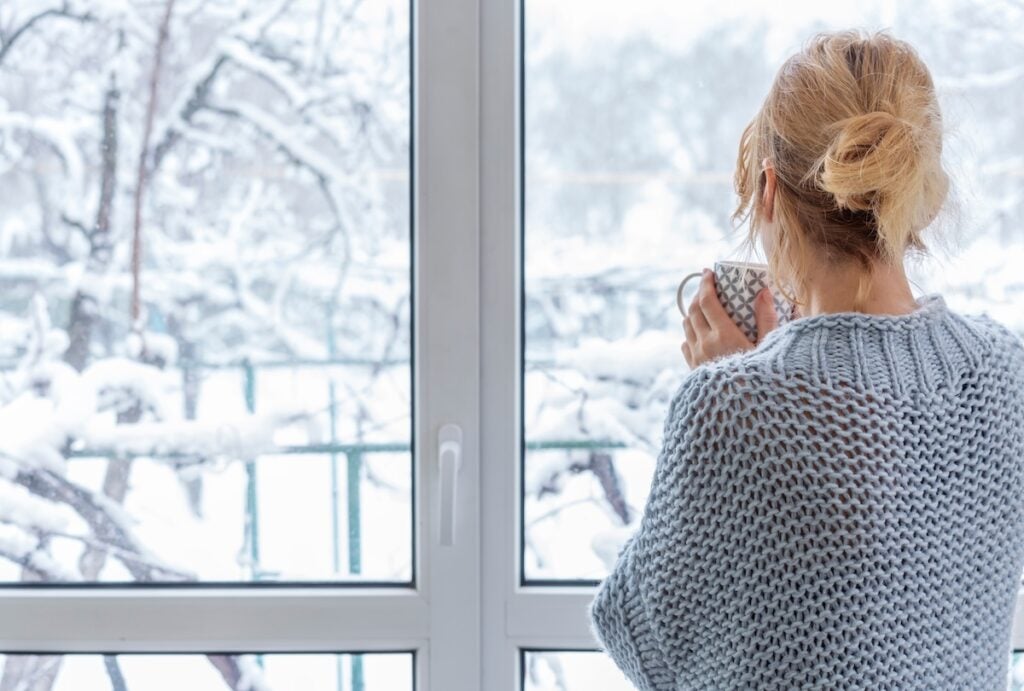
⭐️ The 4 Best Heat Pumps for Cold Weather
When it comes to choosing the best heat pump for cold weather, these four models consistently stand out for efficiency, durability, and performance.
- Mitsubishi Hyper-Heat: Known for advanced inverter technology, this system delivers powerful heating even when temperatures drop to -13°F.
- Daikin Aurora Series: Built for cold climates, this model offers efficient heating with smart controls and quiet operation.
- Carrier Infinity Cold Climate: Carrier’s top-performing system combines high efficiency with variable-speed technology for steady comfort.
- Trane XV20i: With one of the highest efficiency ratings available, the XV20i is designed for long-lasting performance in extreme cold.
| Model | Lowest Operating Temperature | Key Features | Best For |
| Mitsubishi Hyper-Heat | -13°F | Inverter-driven compressor, quiet operation, reliable cold-climate performance | Homes needing strong heating in extreme cold |
| Daikin Aurora Series | -13°F | Smart controls, quiet operation, energy-efficient heating and cooling | Homeowners wanting efficiency and technology |
| Carrier Infinity Cold Climate | -15°F | Variable-speed technology, high efficiency ratings, steady comfort | Families seeking consistent year-round comfort |
| Trane XV20i | -15°F | High SEER rating, durable construction, long-lasting performance | Homeowners wanting top efficiency and lifespan |
👉 Advantages of Cold Climate Heat Pumps
Switching to a cold climate heat pump brings several benefits for homeowners.
- Lower Energy Bills: Heat pumps use electricity to transfer heat instead of generating it, which makes them much more energy-efficient than electric resistance heating or older furnaces.
- Consistent Comfort: Variable-speed technology allows modern heat pumps to adjust output gradually. This means your home stays at a steady, comfortable temperature without the wide swings of traditional systems.
- Eco-Friendly Operation: Because they use less energy, heat pumps reduce your household’s carbon footprint. Many models also qualify for rebates or incentives that encourage eco-friendly home improvements.
❗️ Common Misconceptions About Heat Pumps
Many homeowners still believe heat pumps don’t work in cold weather, but this is no longer true.
- Myth: Heat pumps only work in mild climates. Modern systems are designed to handle freezing winters.
- Myth: They can’t heat well below 32°F. Many models perform efficiently at temperatures as low as -15°F.
- Myth: Heat pumps are less reliable than furnaces. With proper installation and maintenance, heat pumps can be just as dependable.
🛠️ Maintenance Tips for Cold Climate Heat Pumps
Keeping your heat pump in great condition is essential for maximum performance and efficiency.
- Schedule Annual Service: Like any HVAC system, heat pumps need yearly tune ups. A technician will clean coils, check refrigerant levels, and test performance.
- Change Filters Regularly: Dirty filters restrict airflow, forcing your system to work harder. Replace filters every 1 to 3 months for the best results.
- Keep the Outdoor Unit Clear: Snow, ice, and leaves can block the outdoor unit, reducing efficiency. After heavy snowfall in Stillwater, gently clear the area to allow proper airflow.
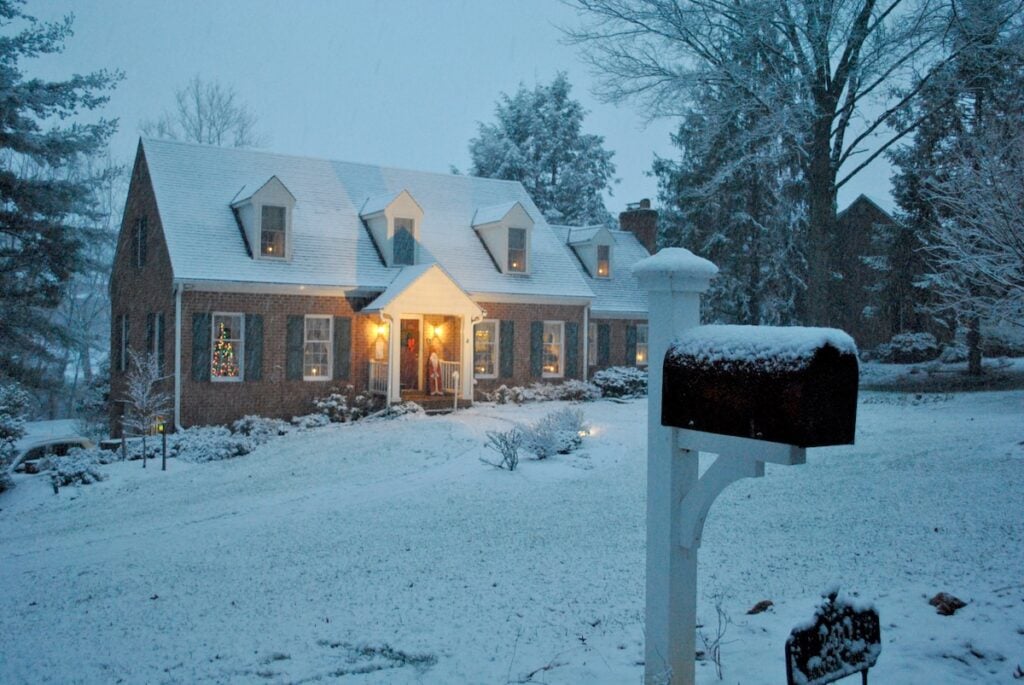
🧑🔧 Why Professional Installation Matters
Even the best heat pump for cold weather won’t deliver reliable comfort if it isn’t installed correctly. Professional installation ensures the system is the right size for your home and that ductwork or electrical connections are properly configured.
Choosing an experienced HVAC contractor also means you’ll get advice on whether a dual-fuel setup or ductless mini-split is best for your specific needs.
✅ Find the Best Heat Pump for Your Home
Today’s cold climate heat pumps are designed to keep Minnesota homes warm, efficient, and comfortable even during frigid winters. By understanding your options and working with a trusted contractor, you can enjoy lower energy bills, steady comfort, and eco-friendly operation.
Genz-Ryan has been helping Stillwater homeowners choose the best heating solutions for decades. Our experts can guide you through your options and recommend the best heat pump for cold weather that fits your home and budget. Contact us today for professional installation and a free quote.



